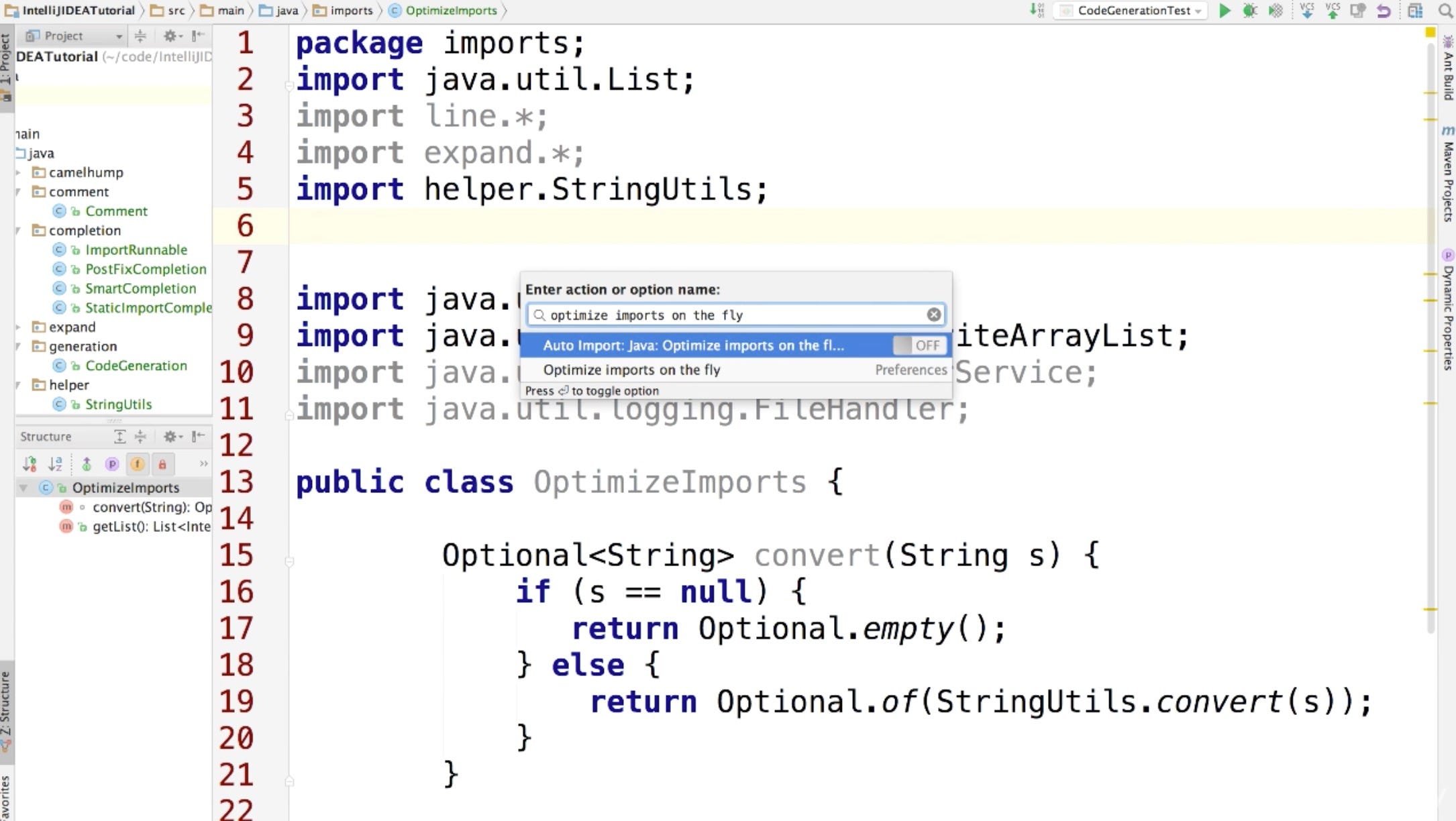- Android Studio Change Jdk
- Android Studio Jdk Setting
- Android Studio Jdk Path
- Jdk 1.8 For Android Studio Download

Java JDK 1.8 Installation Steps On Windows 10
Terms and Conditions This is the Android Software Development Kit License Agreement 1. Introduction 1.1 The Android Software Development Kit (referred to in the License Agreement as the 'SDK' and specifically including the Android system files, packaged APIs, and Google APIs add-ons) is licensed to you subject to the terms of the License Agreement. Trying to select a JDK in the actual directory where its installed makes android studio say that I need to select a valid JDK location. For now I can’t find a fix, so like I said above, I have resorted to changing the maximum SDK version to 20 instead of 21 and it will stay like that until more people either suffer from the bug so that Google.
1) Download Java JDK Installer for windows host.
Java SE Development Kit 9 Downloads

2) Install Java 1.8 by clicking on Java jdk installer.
3) Click on Next button and select the features in custom setup.
4) Click on Next button once selected features to install.
5) Click on Next button and select the folder to install java.
6) Click on Next button and java installation will be in progress.
7) Click on Close button once java 1.8 installation is completed.
7) Goto 'System Properties' in Control Panel under System and Security and click on Advanced tab.
8)Click on Environment variables and edit path variables for java 1.8 as below in system variables section.
9) Open command prompt and run java --version command, should display below output if java environment variables are added correctly.We can also check javac command is working or not.
10)Once installed java, set the path to access java commands in all the path's.Suppose java bin directory path is 'D:Program FilesJavajdk-10.0.2bin'
How to check whether java is working ?
Android Studio Change Jdk
Run java or javac command to check whether java is working or not.
Suppose command is not found, then java isntallation is not done correctly.

Android Studio Jdk Setting

Android Studio Jdk Path
« PreviousNext »Jdk 1.8 For Android Studio Download
Technical docs > Configuring Android Studio: IDE & VM Options, JDK, etc > Mac OSX JDK Selection
|